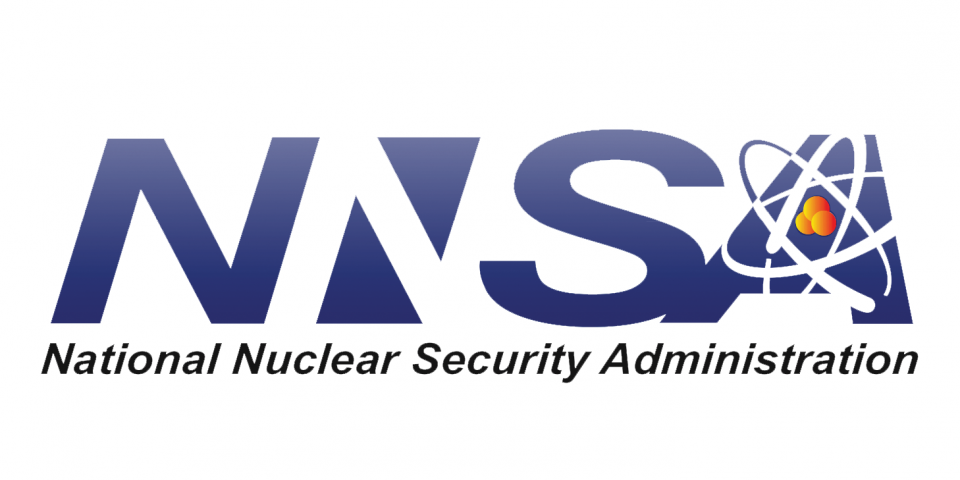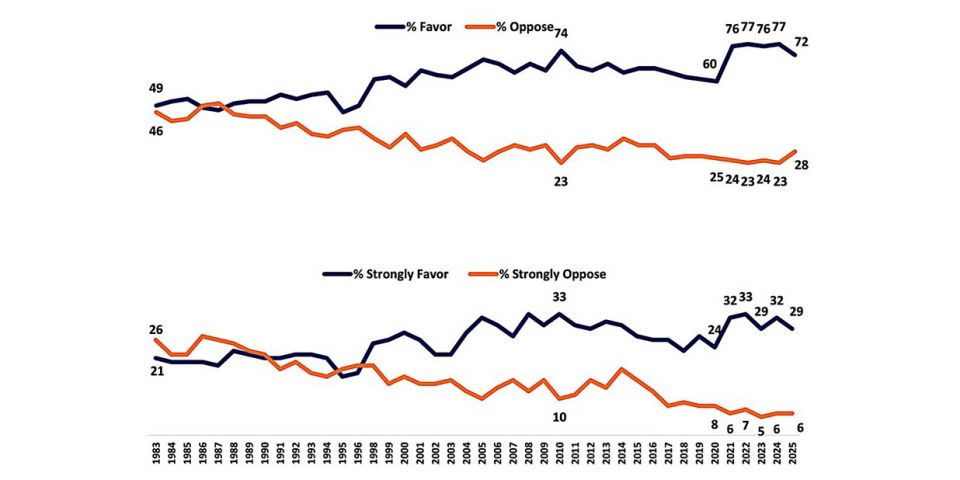COVID-19 wake-up call: Doomsday Clock remains at 100 seconds to midnight

Bulletin members reveal the 2021 setting of the Doomsday Clock. Photo: Bulletin of the Atomic Scientists/Thomas Gaulkin
Citing the mishandling of the COVID-19 pandemic, the Bulletin of the Atomic Scientists’ Science and Security Board kept the Doomsday Clock at 100 seconds to midnight, remaining as near to midnight as it has ever been.
“The mishandling of this grave global health crisis is a ‘wake-up call’ that governments, institutions, and a misled public remain unprepared to handle the even greater threats posed by nuclear war and climate change,” a press release from the Bulletin stated. The group also cited a lack of progress in 2020 in dealing with nuclear and climate perils as the reason for not moving the Doomsday Clock from its 2020 position.





